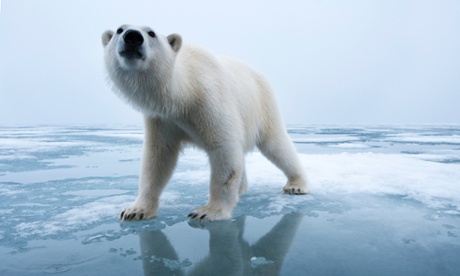
I’ve always loved science fiction. Not the galactic kind you’d associate with Star Wars or Star Trek, but the more earthbound, slightly surreal type some people call magical realism - stories where one small thing seems odd in an otherwise ordinary world and then kick starts a great adventure.
As a child, it didn’t matter to me whether it was a wardrobe (The Lion, the Witch and the Wardrobe), a grandfather clock (Tom’s Midnight Garden), an amulet (Five Children and It), or a funny old caveman (Stig of the Dump), with that kind of book I was hooked from the first page. I particularly love the moment when this one element of the story opens up a whole other world in space and time. It’s exactly that moment I was after when I started writing for children.
For me, writing is about designing a complete sense of a world. Maybe because I used to be an architect by training: when people ask me how I became a children’s author, I tell them both authors and architects want to affect the quality of our existence. I’m not after utopia - far from it - Bladerunner is still one of my favourite films, because I find it stimulating to be confronted with a bleak future that asks questions about what makes us human. However, as a mother of three, I worry about the more disturbing dystopian books and films aimed at children that have come out in the past few years - I mean the kind where there isn’t any real sense of hope for the future.
Striking a balance between hope and hopelessness is not easy, but it became a whole lot easier once I realised my own writing wasn’t merely magical realism, nor for that matter sci-fi, but “cli-fi” - that is fiction that foregrounds climate change.
Cli-fi is trending in teen and YA publishing right now - witness The Carbon Diaries by Saci Lloyd, Red Rock by Kate Kelly, and Water’s Edge by Rachel Meehan - just a handful of the many British titles tackling a wide range of compelling issues: shortages of food, fresh water, oxygen or dry land, giving us vivid depictions of the human consequences of climate change.
Given the steady increase in the number of volcanoes, earthquakes, sinkholes and floods reported recently, it’s easy to see why this new literary genre might have emerged, especially when successive world leaders have gone back on commitments made in Rio and Kyoto to reduce energy consumption, move away from fossil fuels, and invest more heavily in renewable energy.
But is cli-fi simply a case of authors doing their bit for climate change or something more?
I can’t speak for everyone, but I write cli-fi because it reconnects young readers with their environment, helping them to value it more, especially when today, a large amount of their time is spent in the virtual world. Cli-fi advocates restoring equilibrium to our physical environment, making it not just a setting or backdrop to a story, but a story’s primary purpose and emotional appeal. The characters in my writing are genuinely concerned about the environment and want to make a difference, which I hope is contagious and spreads to my readers too.
As a cli-fi author I can do more than I ever could as an architect to change our circumstances: cli-fi has allowed me to participate imaginatively in rewriting our future, a future on which we all depend, whereby the planet recovers its equilibrium and continues to support life, this is something that I have particularly noticed when giving workshops in schools.
Climate change is usually covered as part of science and geography in schools, so the complex human implications rarely get discussed and let’s be honest; in this context it’s a little-bit dull.
With cli-fi you can liven things up very quickly and get young people writing fictional scenarios in which the world has gone horribly wrong. At every workshop I’ve run - whether it was in a primary or secondary school, a staged event with Ed Davey during Climate Week or my Big Write at the Isle of Wight literary festival, the outcome is very powerful: cli-fi makes young people realise that they too can rewrite our future.
What do you think about the cli-fi genre? Ever read any? Got cli-fi to recommend? Tell us on email childrens.books@theguardian.com or on Twitter @GdnChildrenBks.
Sarah Holding is the author of the SeaBEAN Trilogy. Her latest book SeaRISE is out now.

